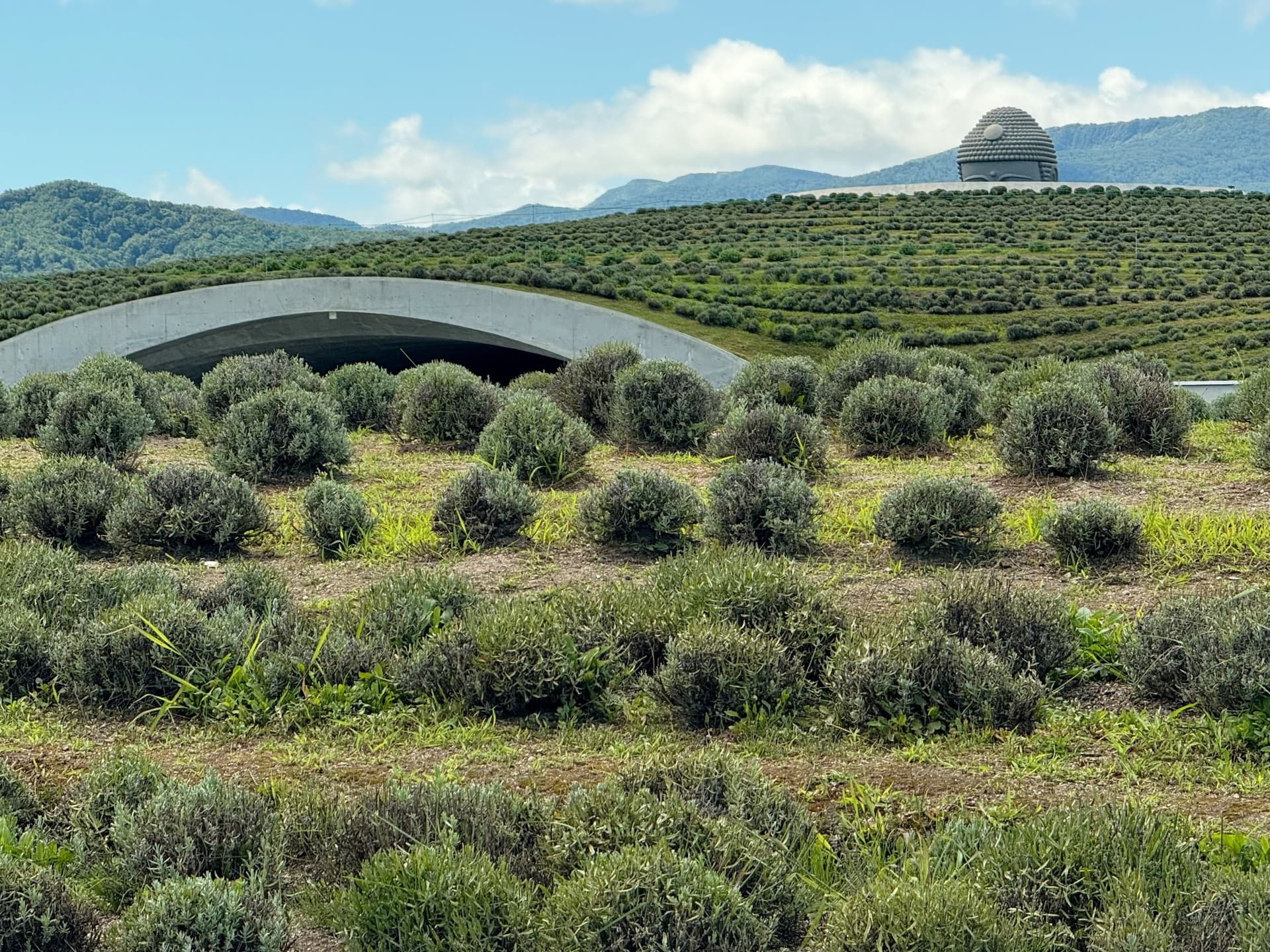Old Iwabuchi Watergate: the floodgate that protected Tokyo
Tokyo was often hit by heavy flooding. The Old Iwabuchi Watergate and the Arakawa Floodway project helped keep the city safe for over 90 years.
3:34 PM, KITA-KU, TOKYO, JAPAN
COORDINATES: 35.786517, 139.734022
OBJECTIVE: FIND OLD IWABUCHI WATERGATE
CURRENT STATUS: OBSTACLE DETECTED
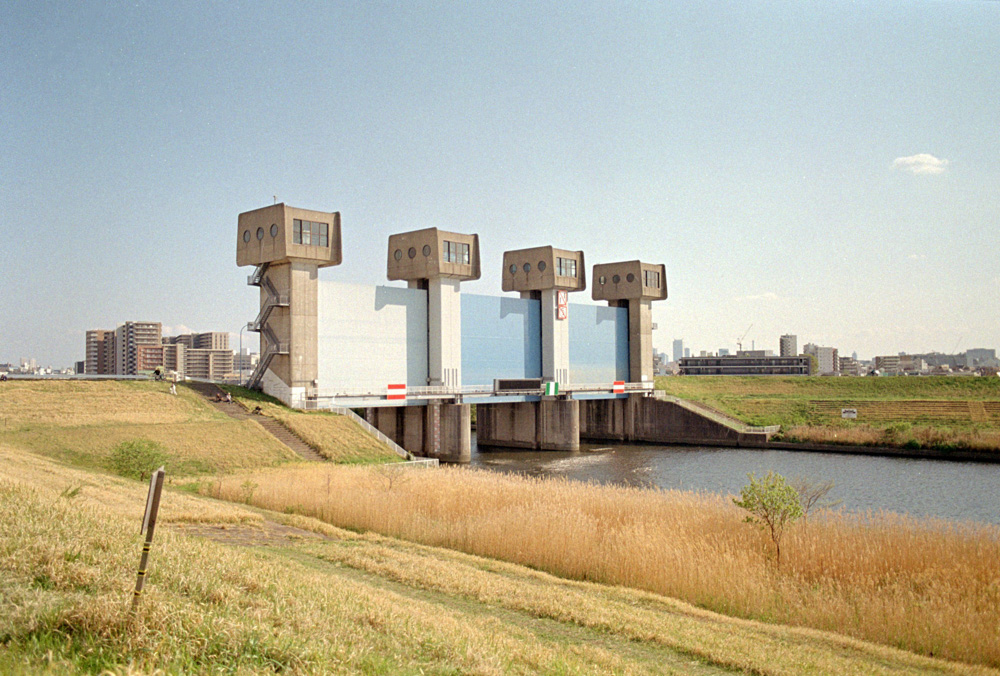
What is happening? We need to get to the other side of the river but there are massive one-legged robots blocking the way!
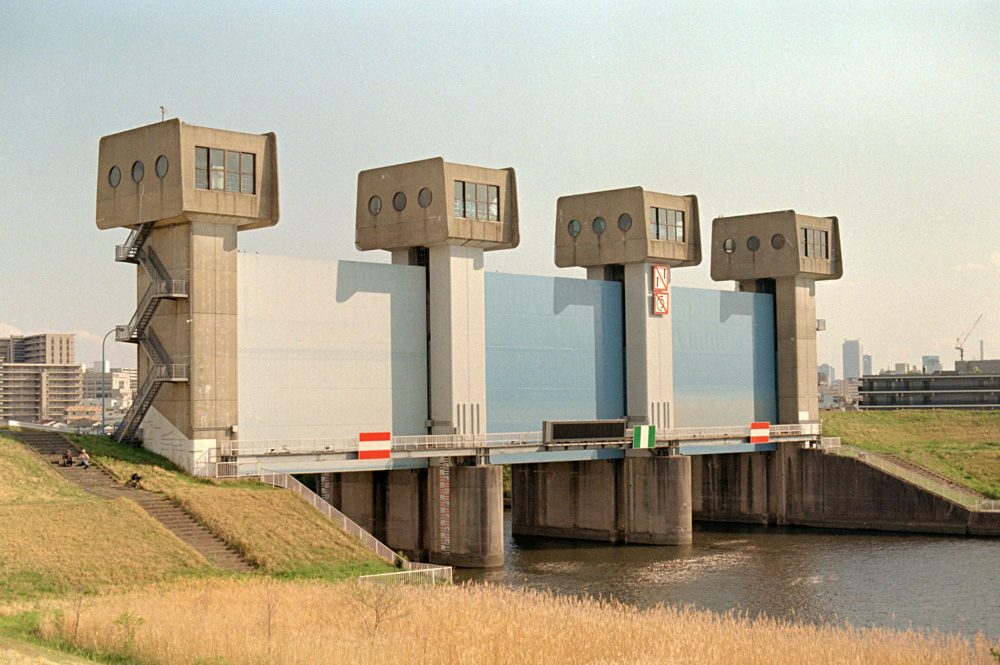
Oh, no! These look like the Empire’s secret weapon — the armored river-blocking monopods. In fact, it has been speculated that they have been controlling the Arakawa river since 1982, and they are collectively known by the codename “New Iwabuchi Watergate”. This means that our goal — the “Old Iwabuchi Watergate” must be near. It will be a challenge to pass through this barrier, but we don’t have a choice. Lightsabers will be too weak, we will fight these beasts with the camera!

Zap!
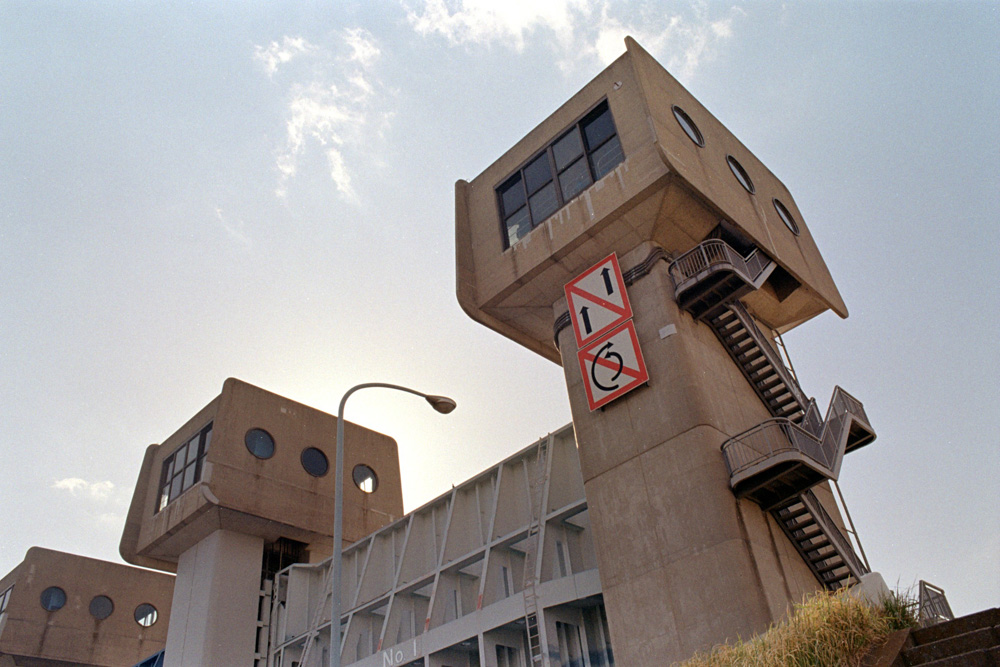
Zap!
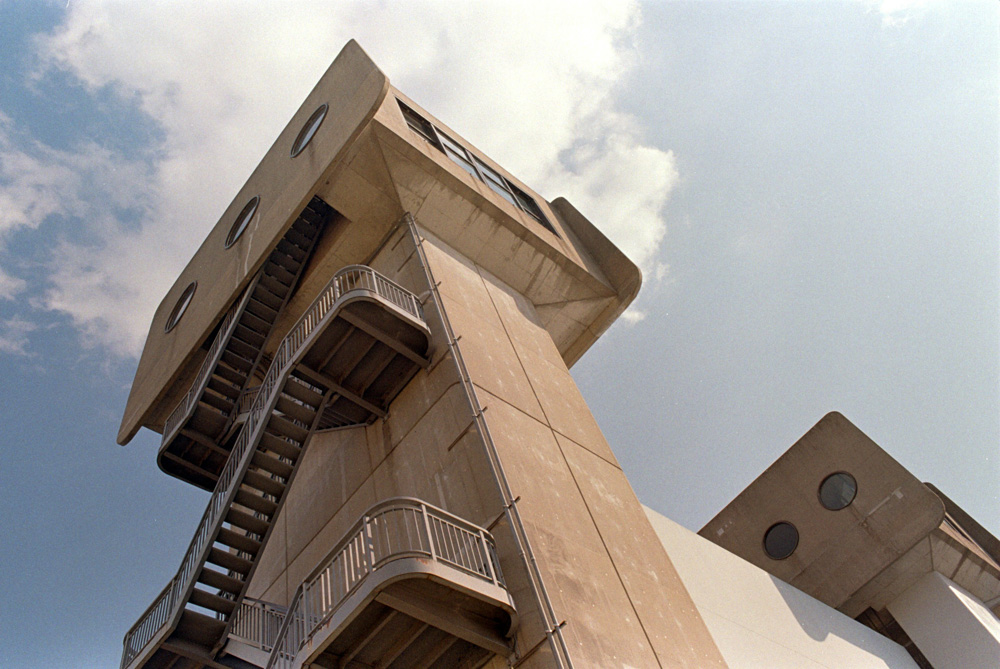
Zap!
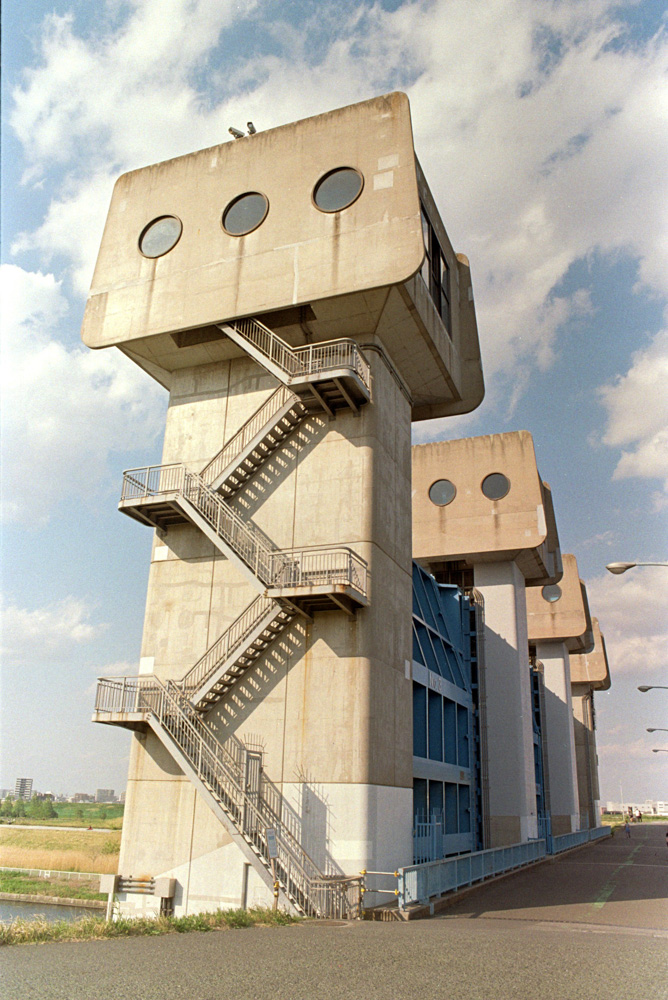
Zap!
Obstacle cleared! We made it to the other side. Let’s continue going westward — just 300 more meters.
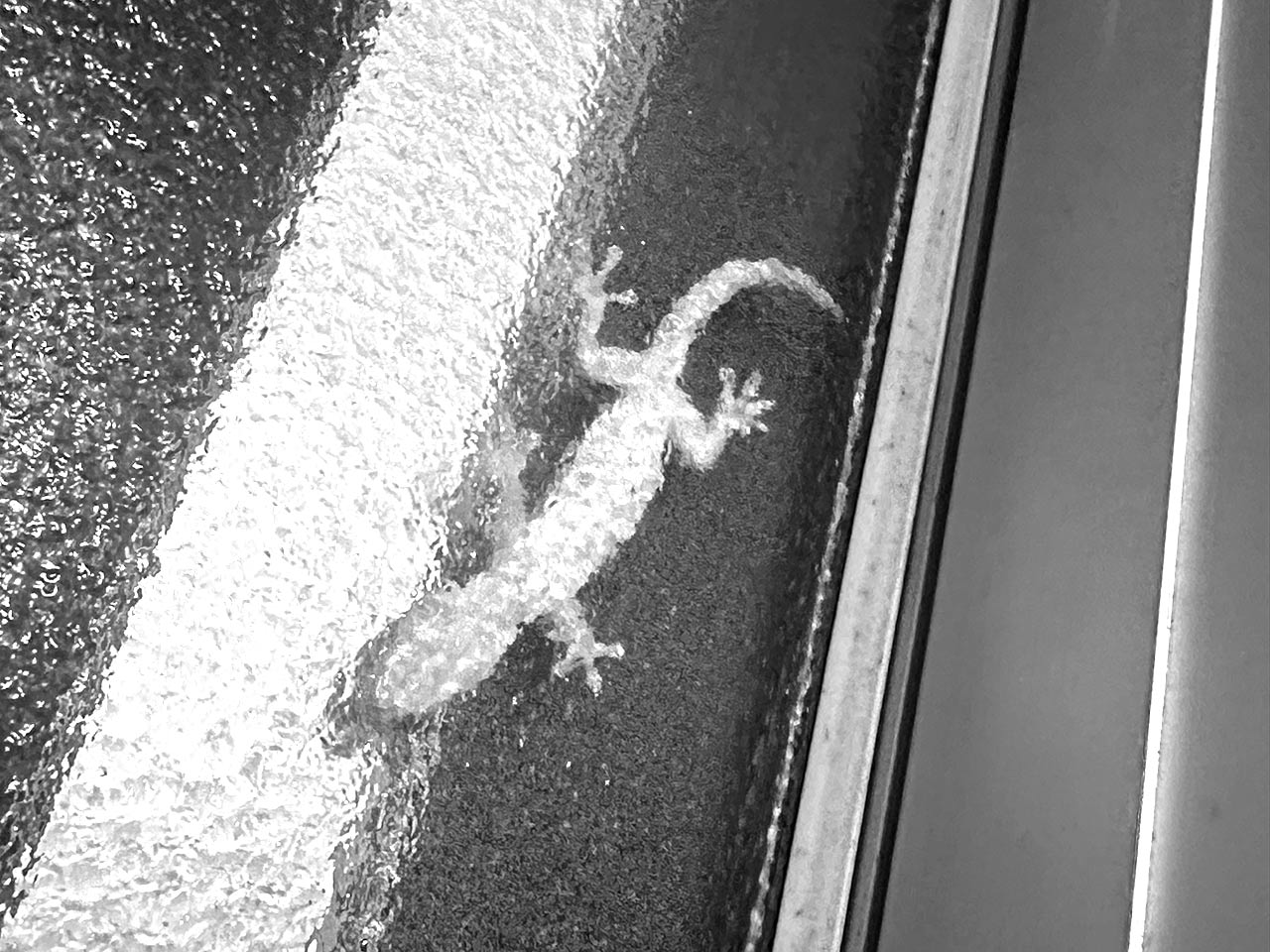
And here it is — the Old Iwabuchi Watergate. That orange is so strong you can probably see it from the Moon!
We can relax now, so let’s lay down on this grass and learn what this place is all about.
In 1910, during August and September, the Kanto region was hit by heavy rain. The plains of Saitama and Chiba, as well as the entire Sumida ward area in Tokyo were heavily damaged from flooding of the Arakawa river. More than half a million houses were affected and 679 people were killed.
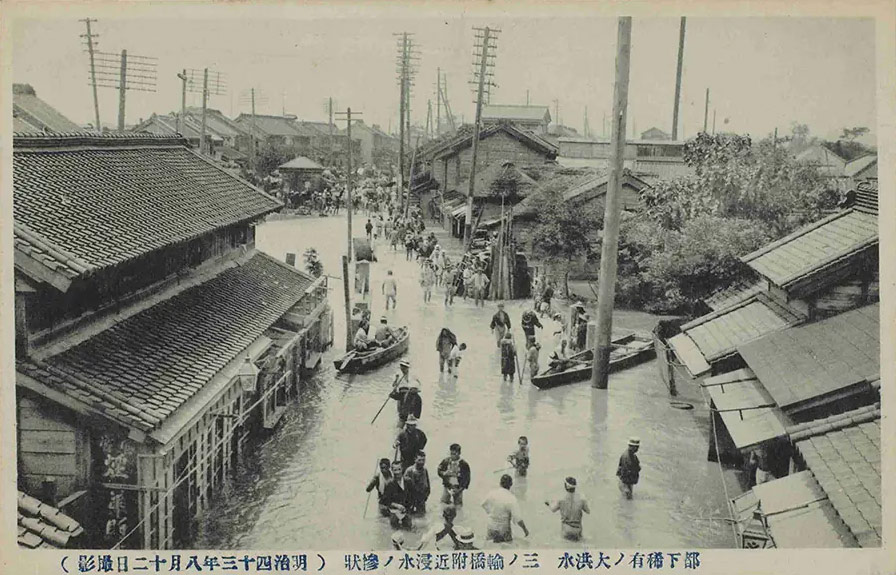
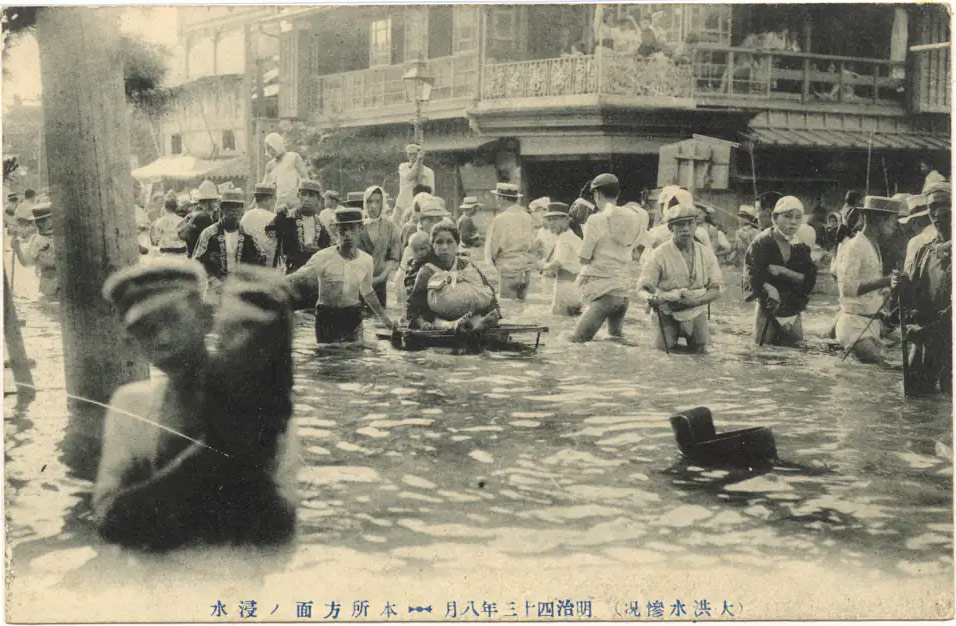
Following this disaster, with the aim to prevent future flooding, the government undertook a project called Arakawa Floodway (荒川放水路) that would divert Arakawa into an artificial drainage channel starting at Iwabuchi in Kita ward. In other words — they created a new river, the widest river that now flows through Tokyo.
To illustrate this better, here is a map of Tokyo from 1909 (source). The river marked in red is the original path of Arakawa.

After the Arakawa Floodway project was completed in 1930, the map looked like this:

Quite a transformation! At Iwabuchi, the main flow of Arakawa would follow the 22 kilometers long floodway (blue) and keep the name Arakawa, while the remaining flow of Arakawa would split and follow the original path. That section became what is now known as the Sumida River.
It was a massive project; it is said it forced relocation of 1,300 households, several railroads, temples and shrines. Many fields were also in the area of the planned floodway. It took a total of 17 years to complete and cost lives of 30 workers.
The Iwabuchi Watergate we’re visiting today was completed in 1924, and it was one of the most important elements of the project that helped control the flow of Arakawa into Sumida. It contributed greatly to preventing floods. Ever since the floodway was completed over 90 years ago, the project proved to be a very efficient way to waterproof Tokyo — Arakawa has caused no damage during heavy rain and typhoons.
Eventually, the Iwabuchi Watergate needed a replacement due to deterioration and insufficient height of the floodgate because of land subsidence. In 1982, a new Iwabuchi Watergate was built about 300 meters downstream (the beasts we fought earlier!).
The original watergate ended its role and became known as the Old Iwabuchi Watergate. Today, it is sort of a famous landmark and preserved as Modern Industrial Heritage.
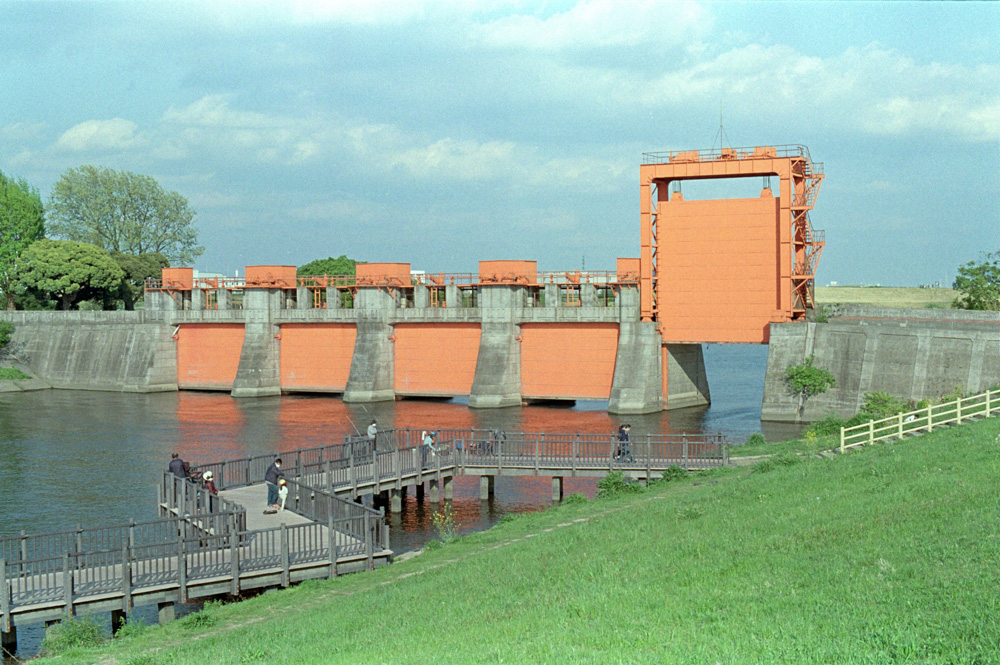
The wide open area around the watergate is a popular place for day trips, relaxing and outdoor activities and of course, taking photos.
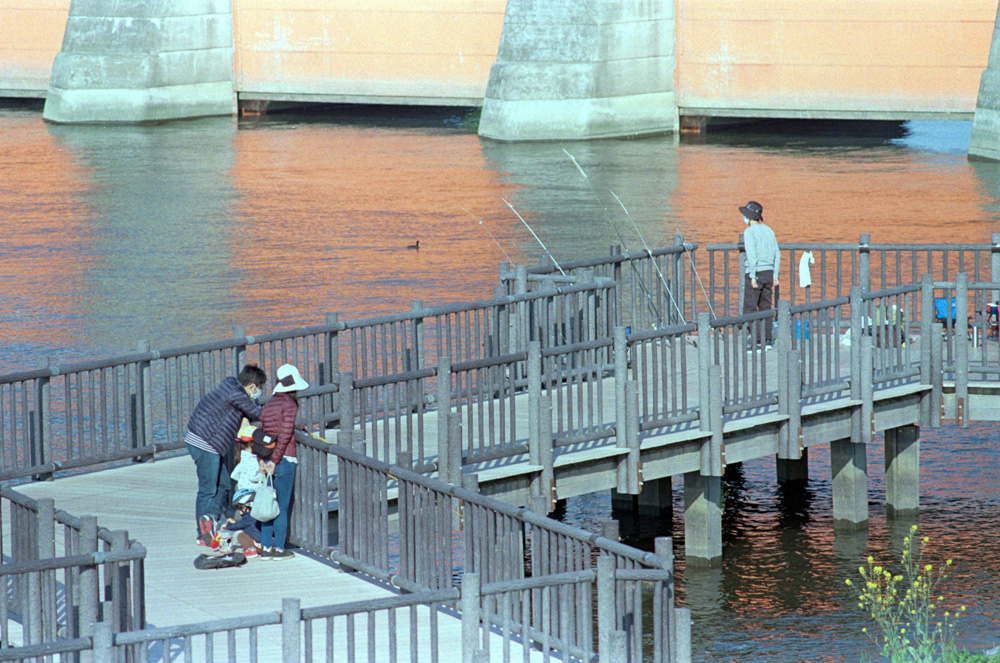
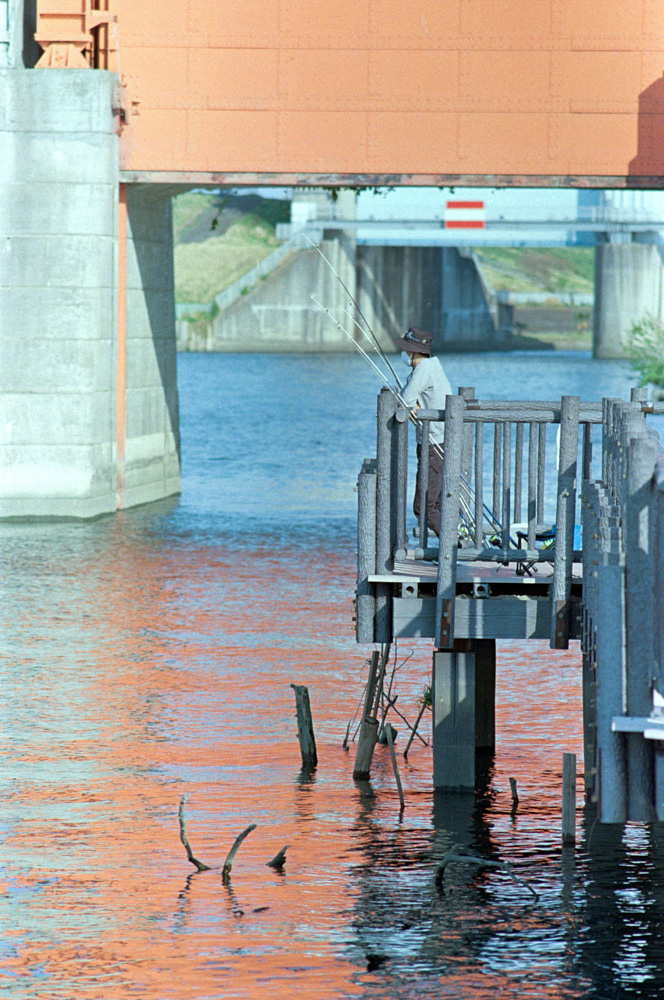
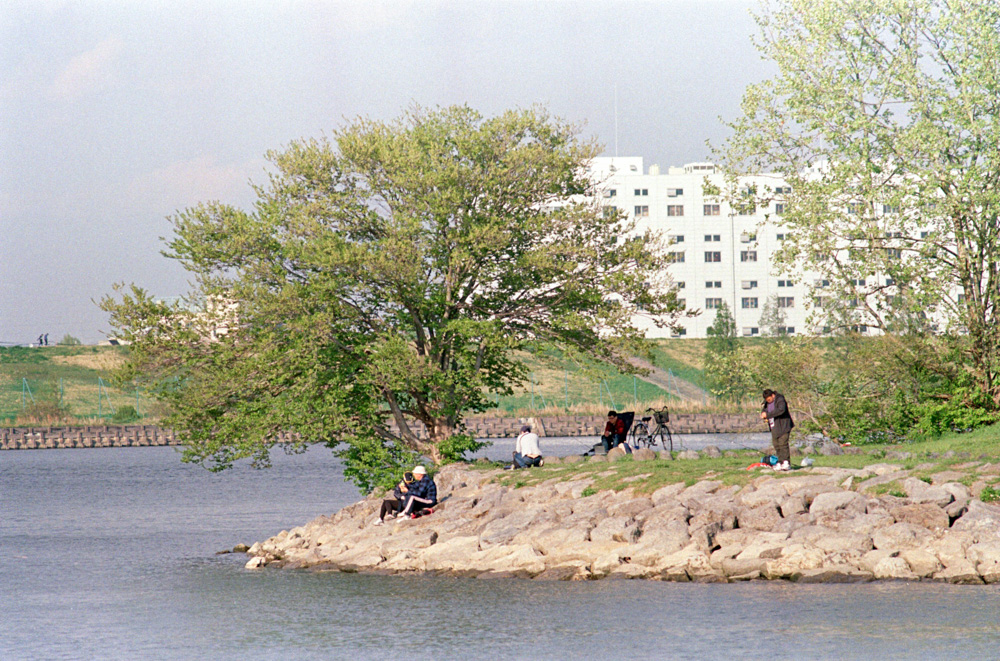
Near the watergate there is a pole with signs showing the highest recorded water level during floods since 1945 (that was the year when they started observing the water level of Arakawa). The topmost sign at the height of 8.60 meters is the highest level on record to date, observed during typhoon Kathleen that hit the area in 1947.
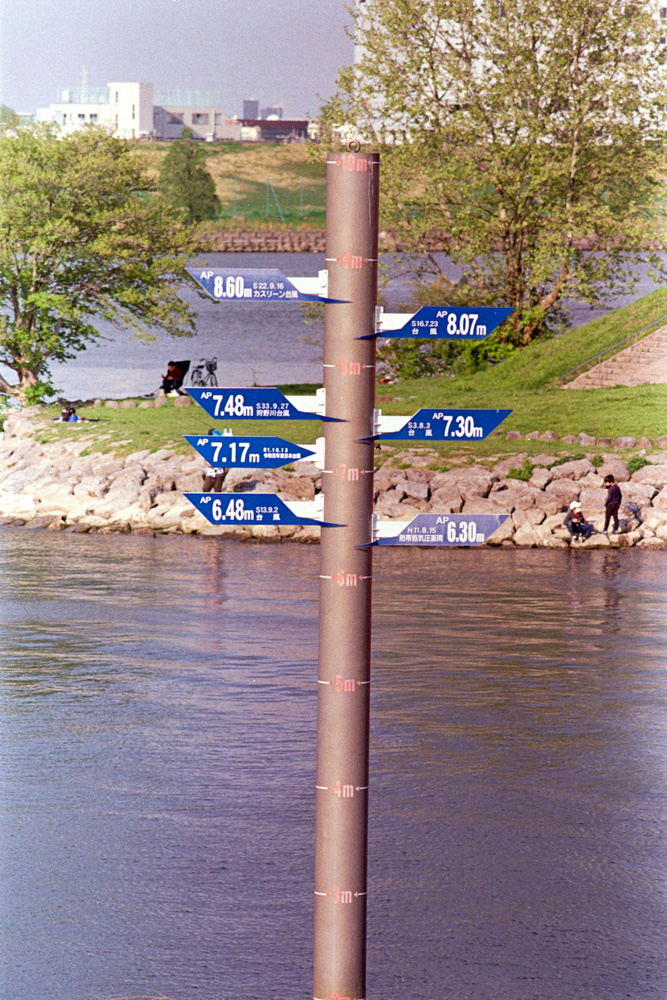
It’s now out of service, but the old watergate still has a useful purpose: it acts as a bridge to a small island-park named Nakanoshima that lies right at the confluence of Arakawa and Sumida.
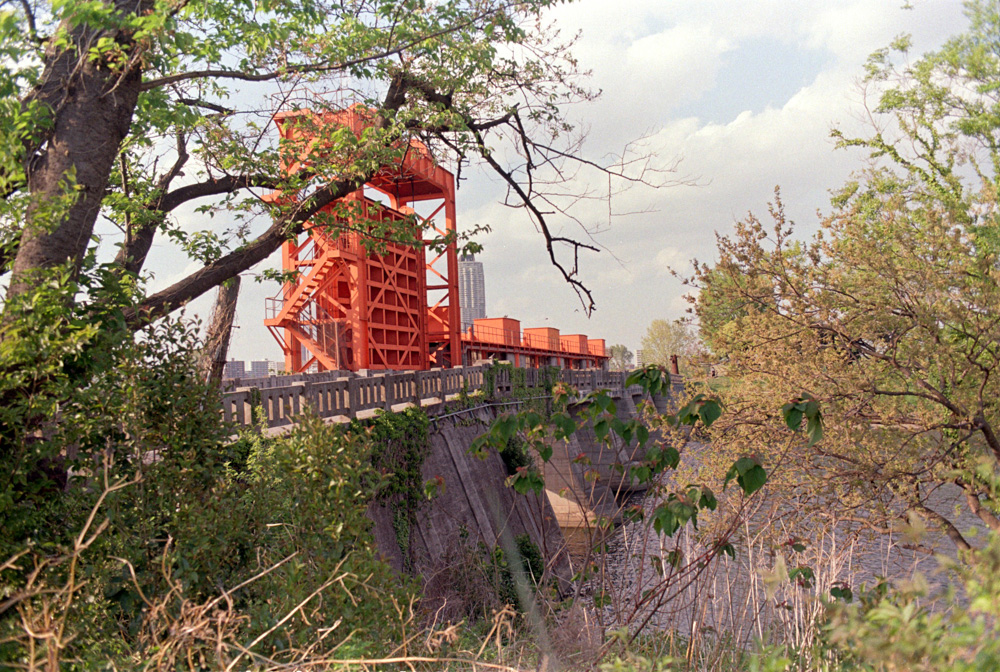
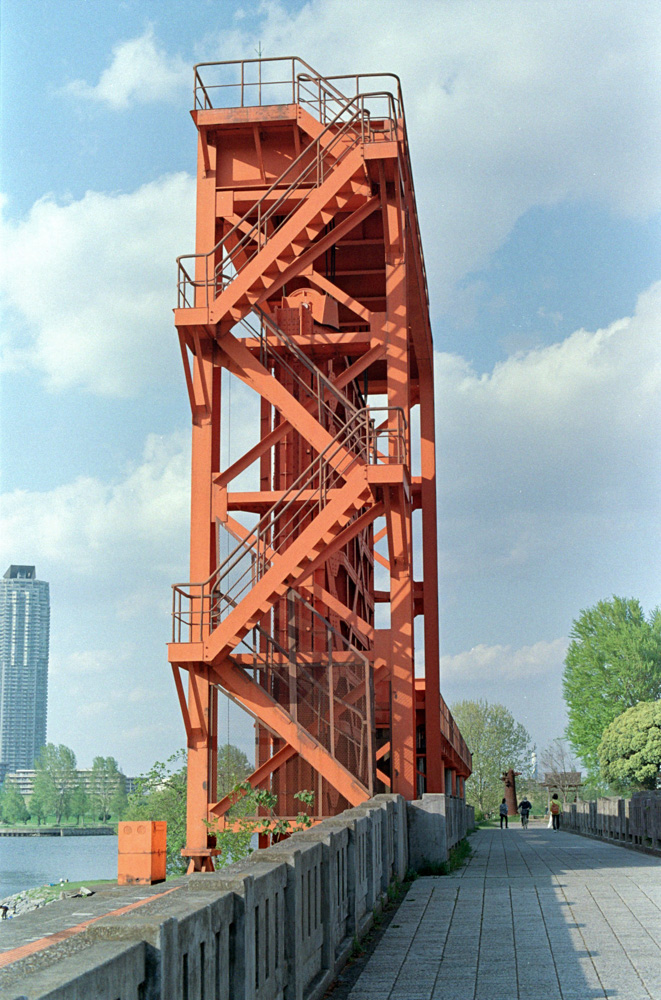
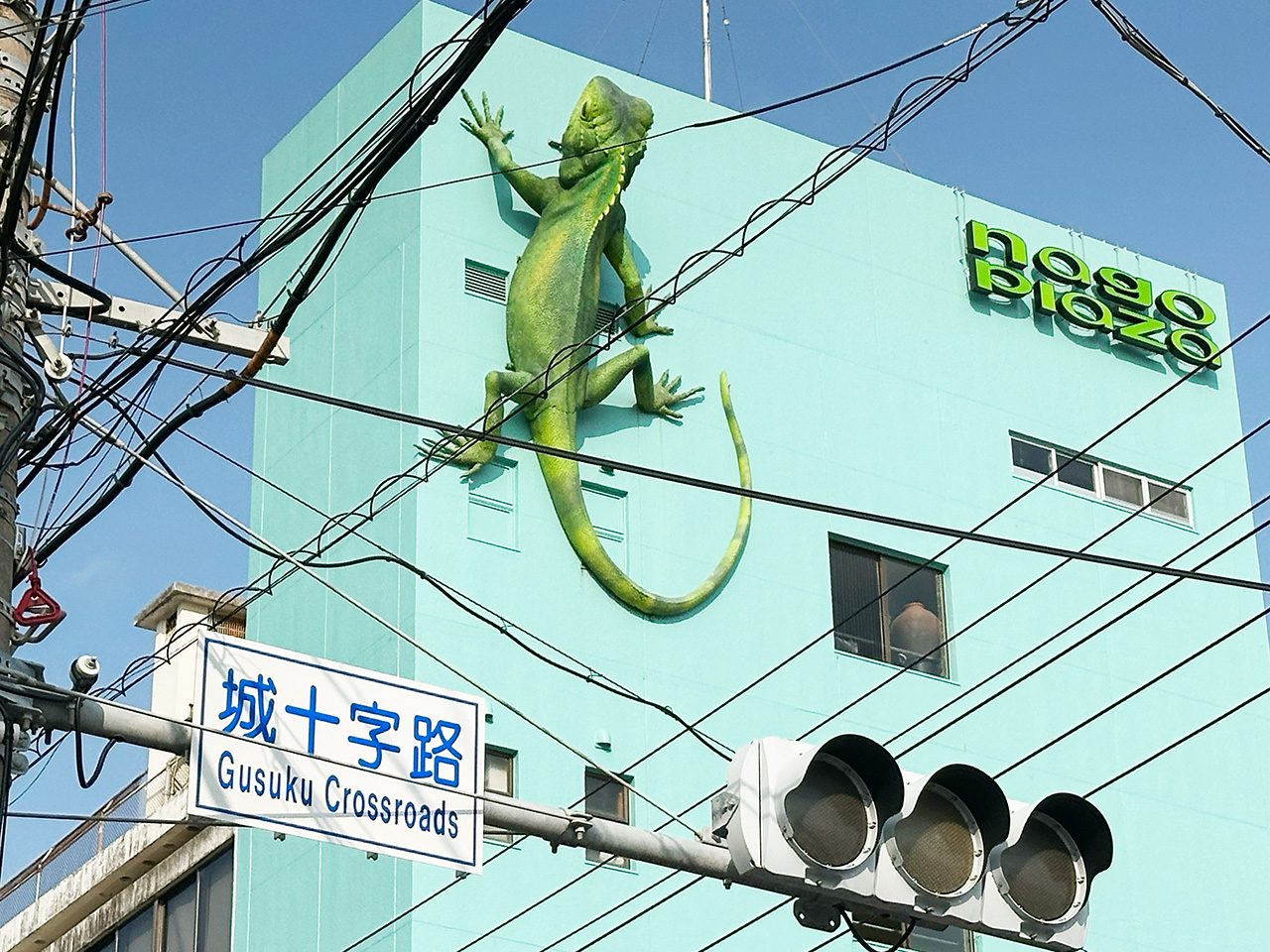
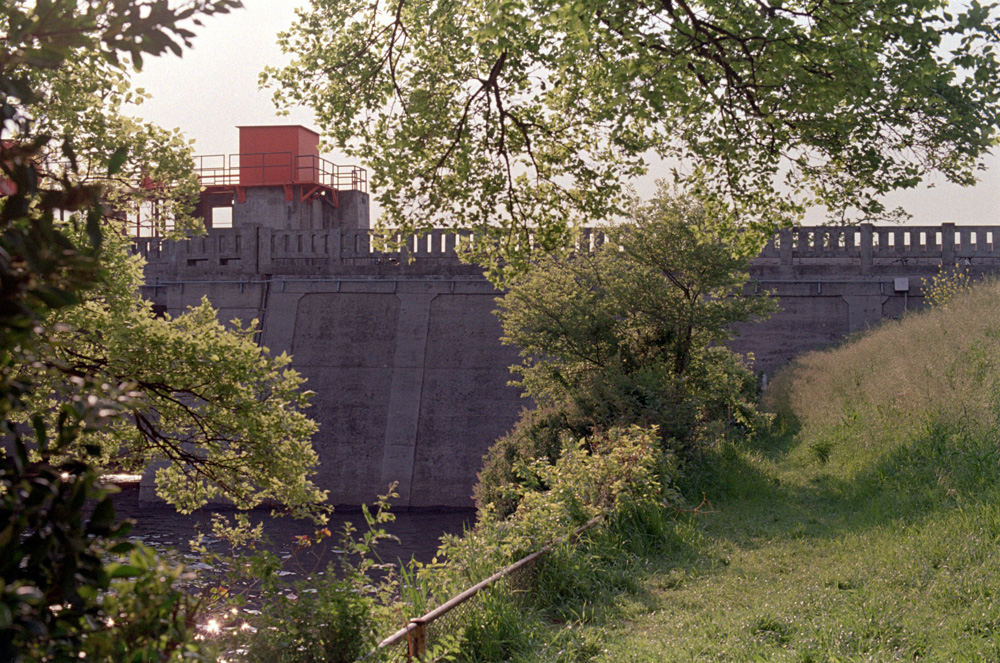
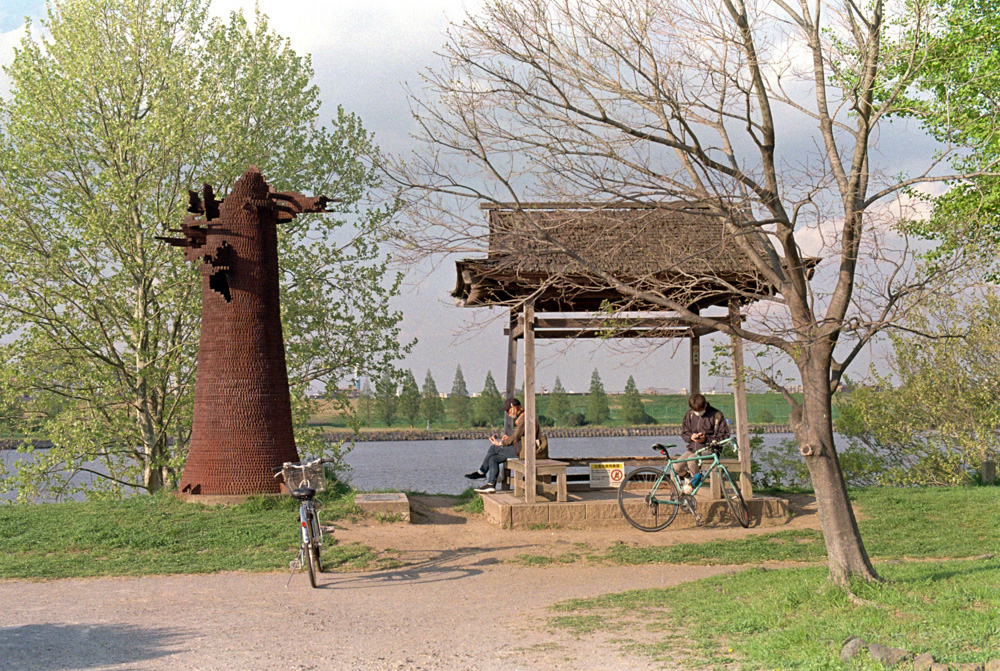 With lots of greenery, this island is a great spot to be if you want to completely detach yourself from the city.
With lots of greenery, this island is a great spot to be if you want to completely detach yourself from the city.
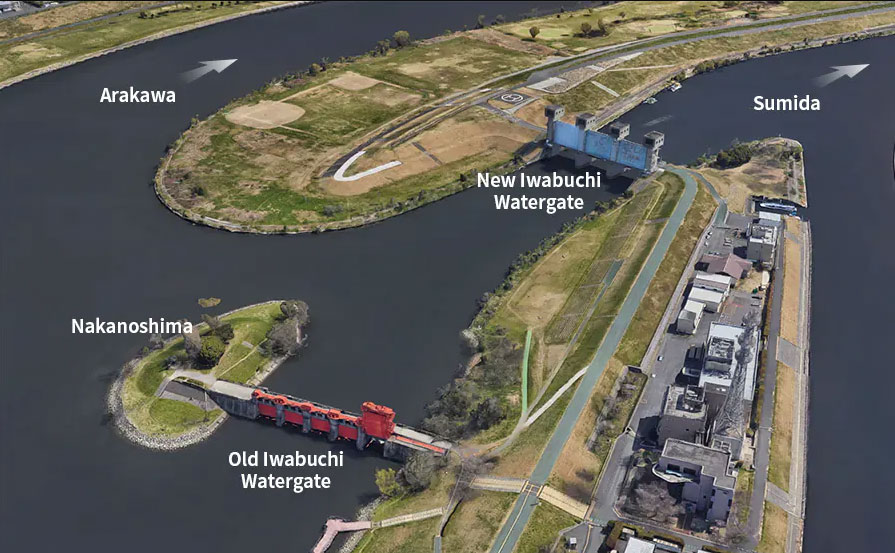 It’s time to end today’s trip and take one last shot of the tranquil old watergate before the sun goes down…
It’s time to end today’s trip and take one last shot of the tranquil old watergate before the sun goes down…
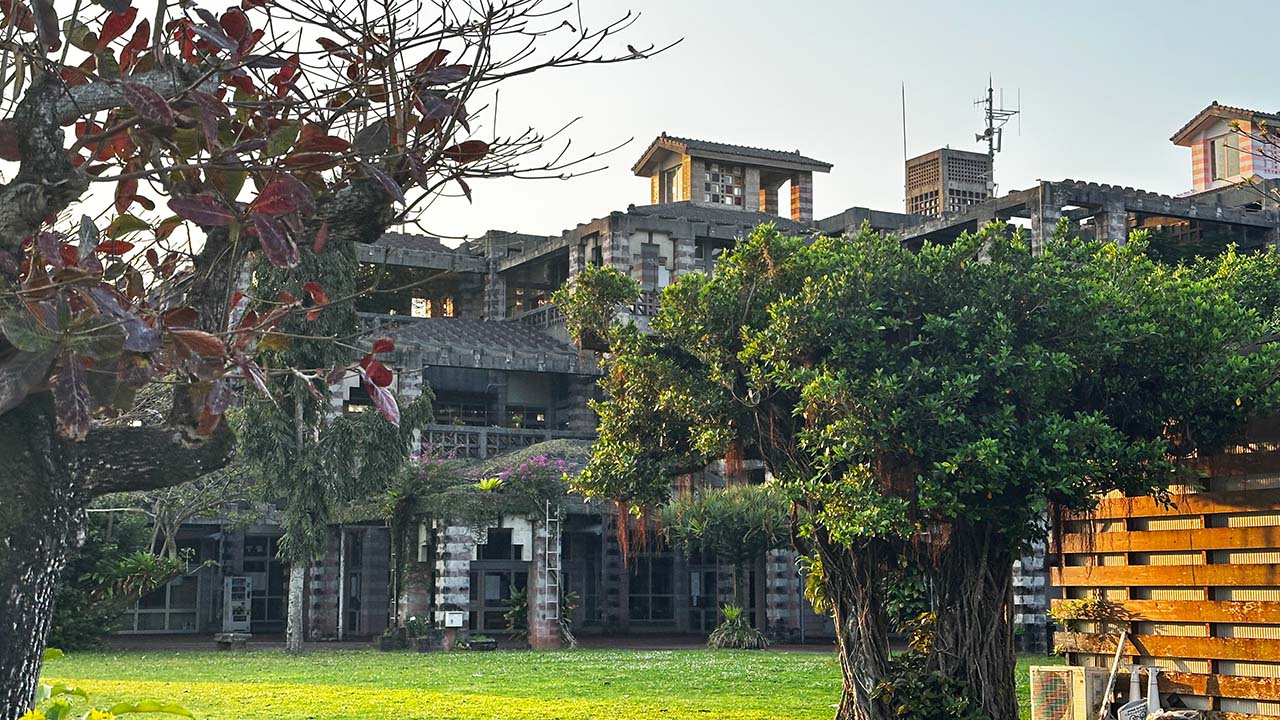
…under the watchful eyes of the giant monopods.
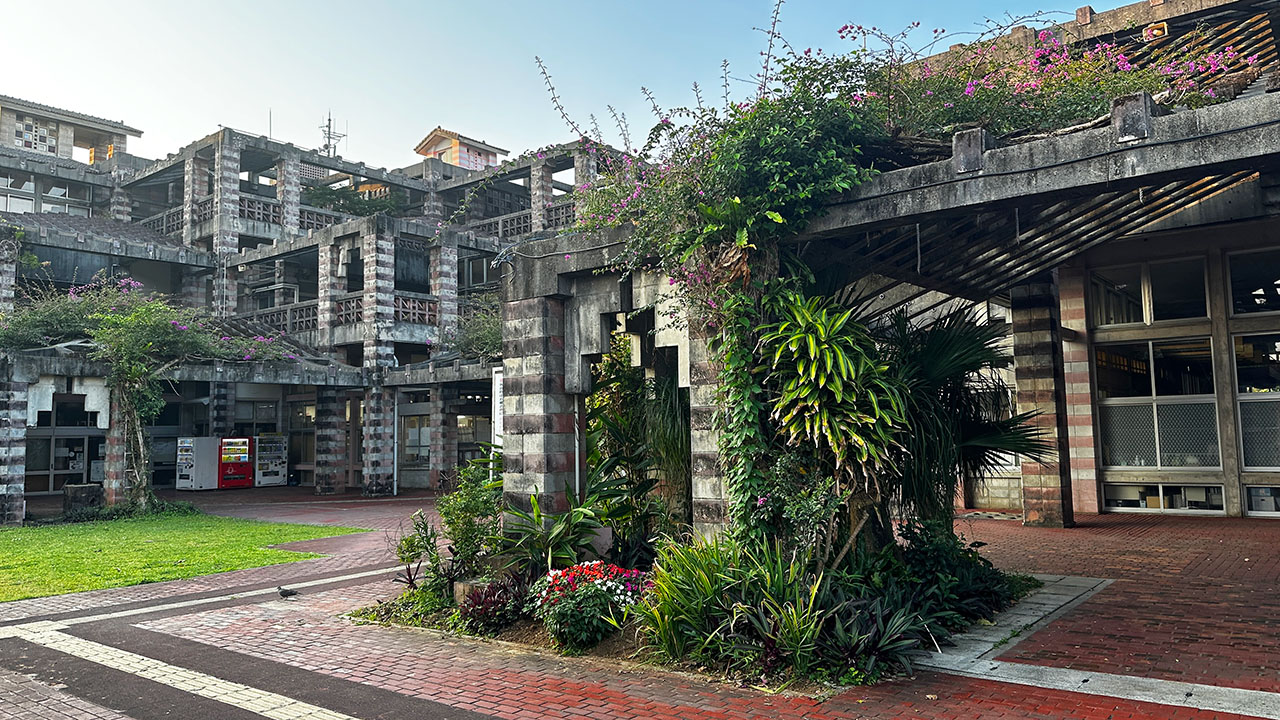
![[Photos] Autumn Colors at Kotokuji Temple](/_next/image?url=https%3A%2F%2Fsgp1.vultrobjects.com%2Fpfj-static%2F2025%2F11%2FIutHLn2g-02.webp&w=3840&q=75)
![[Site Update] Goshuin Collection](/_next/image?url=https%3A%2F%2Fsgp1.vultrobjects.com%2Fpfj-static%2F2025%2F11%2FIMG_3251.webp&w=3840&q=75)
